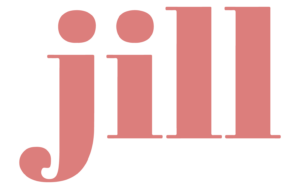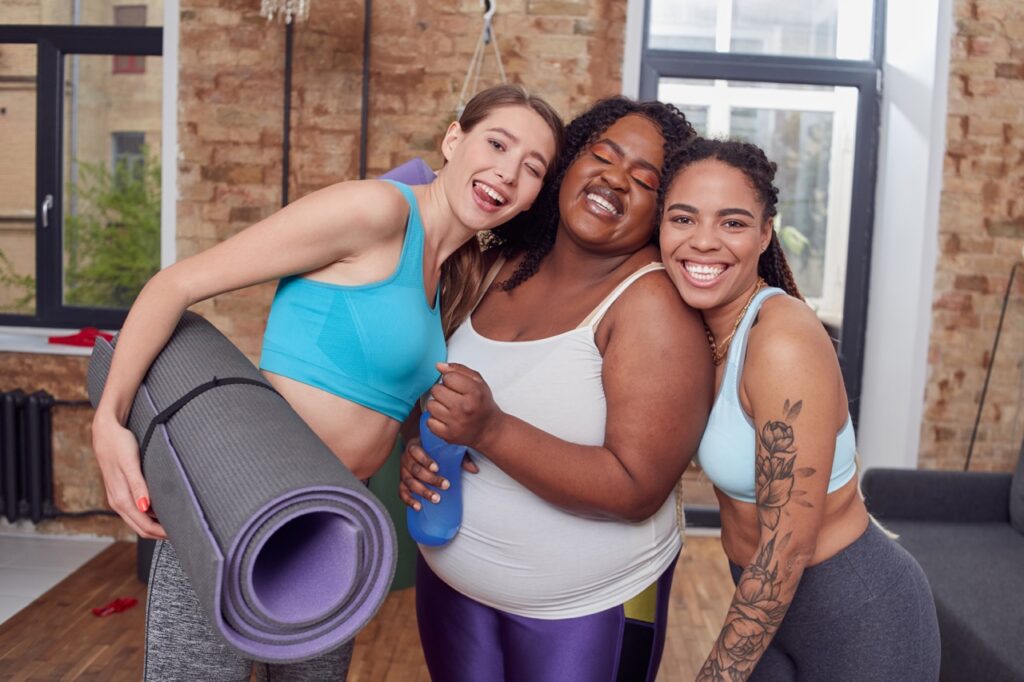Written by: Jessica Rong, Registered Social Worker
Reviewed by: Sarah Bento De Sousa, PharmD RpH
The demands of work, personal responsibilities, and societal pressures often leave us feeling overwhelmed. Stress, if not managed effectively, can adversely affect our mental, emotional, and physical well-being. When we feel ourselves becoming stressed (heartbeat quickens, your breathing becomes faster, starts to sweat) you can pause and then reverse the stress reaction through Progressive Muscle Relaxation (PMR). In this post, we will illustrate the benefits of PMR and guide you on how to use this technique when the stress catches up to you. If you haven’t yet read our post on Circles of Control, it’s a helpful one to manage what events and circumstances you may have stress reactions to, and which you have control over.
Understanding Progressive Muscle Relaxation
Progressive Muscle Relaxation is a technique that involves tensing and then relaxing specific muscle groups in a systematic and progressive manner. It was developed by American physician Edmund Jacobson in the early 1920s and has since become a widely recognized and practised method for stress reduction [1].
The fundamental principle behind PMR is that the body and mind are interconnected. By relaxing the body, we can also calm the mind. Through the deliberate tensing and relaxing of muscles, PMR helps individuals become more aware of physical sensations and achieve a deep state of relaxation [2]. It’s really useful as it requires very little training, no equipment and can be done anywhere.
How Progressive Muscle Relaxation Works
1) Muscle Tension and Release: The technique begins by tensing a muscle group for a few seconds, usually 5-10 seconds, then consciously relaxing that muscle group for 15-20 seconds. This process is repeated for various muscle groups throughout the body.
2) Enhanced Awareness: While performing PMR, you become more attuned to the sensations of tension and relaxation within each muscle group. This heightened awareness allows you to differentiate between the feelings of tension and the contrasting sensation of relaxation.
3) Promoting Relaxation: As you progress through the muscle groups, you learn to release built-up tension and stress, promoting a deep sense of relaxation and calmness.
The Benefits of Progressive Muscle Relaxation
1) Stress Reduction: One of the primary benefits of PMR is how effective it is. You can literally feel the stress melting away. By systematically relaxing muscle groups, you release physical tension, leading to mental relaxation and reduced stress levels [3].
2) Improved Sleep Quality: Regular practice of PMR can significantly improve sleep quality. As it relaxes the body and mind, it aids in falling asleep faster and enjoying a more restful night’s sleep [4]. Some individuals do PMR to get ready to sleep, even if they aren’t feeling particularly stressed!
3) Anxiety Management: PMR is proven to be effective in managing anxiety, including generalised anxiety disorder and situational anxiety. It provides a practical tool to calm the mind and alleviate anxiety symptoms [5].
4) Enhanced Focus and Concentration: Through PMR, you learn to enhance focus and concentration by becoming more aware of bodily sensations. This mindfulness aspect contributes to improved cognitive abilities and productivity [6].
5) Pain Management: PMR can also be utilised to manage chronic pain. By relaxing muscle tension, individuals can experience relief from muscle soreness and discomfort [7].
How to Practise Progressive Muscle Relaxation
1) Find a Quiet Space: Choose a quiet and comfortable place where you won’t be disturbed. Lie down or sit in a relaxed position.
2) Find a Quiet Space: Choose a quiet and comfortable place where you won’t be disturbed. Lie down or sit in a relaxed position.
3) Progress Through Muscle Groups: Begin with your toes and progressively move through each muscle group in your body, tensing and then relaxing each group. Common muscle groups include legs, abdomen, chest, arms, and face.
4) Tense and Relax: For each muscle group, tense the muscles for 5-10 seconds, then consciously release and relax them for 15-20 seconds. Focus on the difference between the sensations of tension and relaxation.
5) Repeat the Process: Repeat the process for each muscle group until you’ve gone through your entire body.
6) End with Breath Awareness: Conclude the practice by focusing on your breath once again. Take a few deep breaths and slowly transition back to your regular state of awareness.
Conclusion
Progressive Muscle Relaxation is a potent tool that empowers you to take control of stress and anxiety. By dedicating a small portion of your day to this practice, you can experience profound relaxation, improved sleep, and enhanced overall well-being. Try a guided session to help practise this technique until you’re comfortable doing it on your own. There, you have a great new tool for your stress management toolkit!
References:
- Harvard Health Publishing. (2020). Relaxation techniques: Breath control helps quell errant stress response. [https://www.health.harvard.edu/mind-and-mood/relaxation-techniques-breath-control-helps-quell-errant-stress-response]
- WebMD. (2021). Progressive Muscle Relaxation for Stress and Insomnia. [https://www.webmd.com/sleep-disorders/muscle-relaxation-for-stress-insomnia#1]
- Cohen-Katz, J., Wiley, S. D., Capuano, T., Baker, D. M., & Shapiro, S. (2005). The effects of mindfulness-based stress reduction on nurse stress and burnout: A qualitative and quantitative study, part III. Holistic Nursing Practice, 19(2), 78-86. [https://doi.org/10.1097/00004650-200503000-00004]
- Canadian Sleep Society. (n.d.). Cognitive Behavioral Therapy for Insomnia (CBT-I). [https://css-scs.ca/what-is-sleep/cognitive-behavioural-therapy-for-insomnia-cbt-i/]
- Hoffman, J. W., Benson, H., Arns, P. A., Stainbrook, G. L., Landsberg, G. L., Young, J. B., … & Gill, A. (1982). Reduced sympathetic nervous system responsivity associated with the relaxation response. Science, 215(4529), 190-192. [https://doi.org/10.1126/science.7031907]
- Taren, A. A., Gianaros, P. J., Greco, C. M., Lindsay, E. K., Fairgrieve, A., Brown, K. W., … & Creswell, J. D. (2015). Mindfulness meditation training alters stress-related amygdala resting state functional connectivity: a randomised controlled trial. Social Cognitive and Affective Neuroscience, 10(12), 1758-1768. [https://doi.org/10.1093/scan/nsv066]
- Nissen, E. R., Uc, A., & Torsney, K. M. (2018). Deep breathing effects on pain, autonomic activity, and endogenous opioid response to tourniquet-induced pain in healthy volunteers. Pain Medicine, 19(6), 1130-1142. [https://doi.org/10.1093/pm/pnx220]





